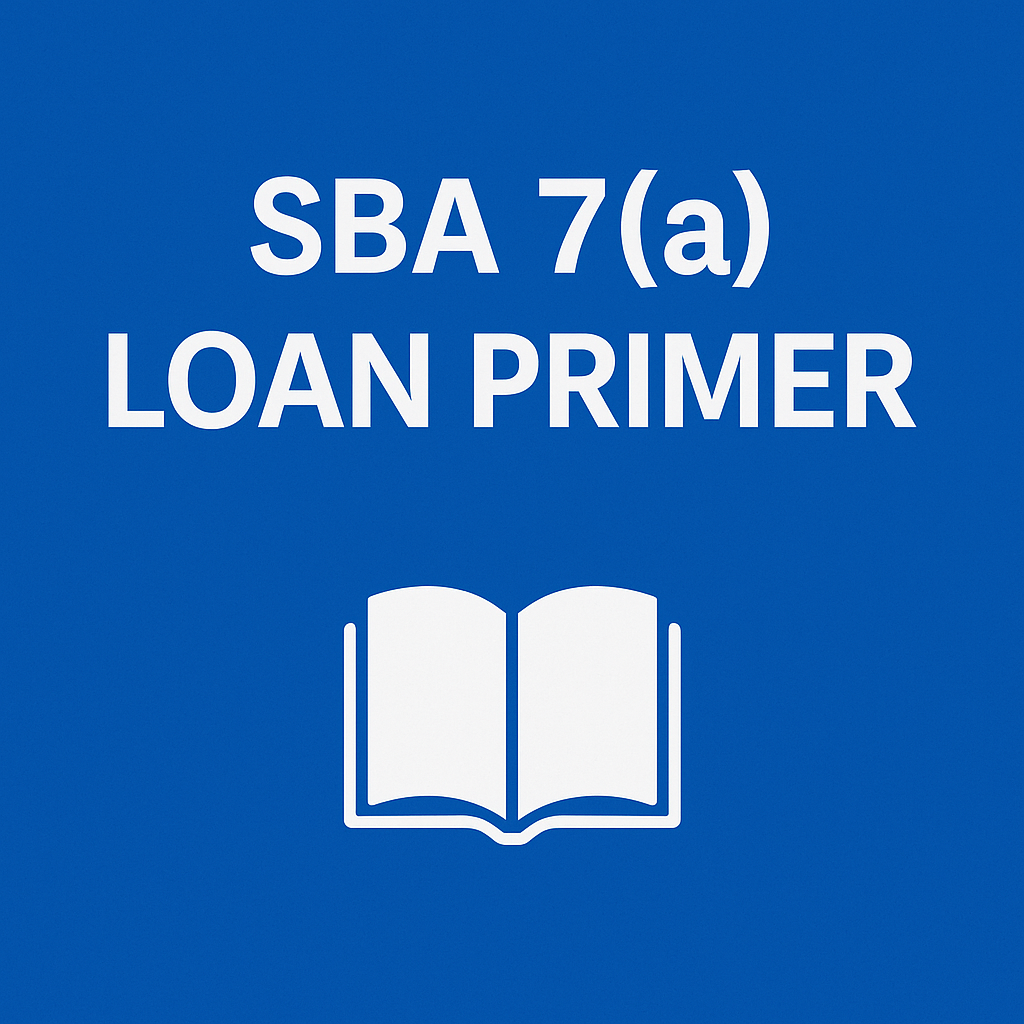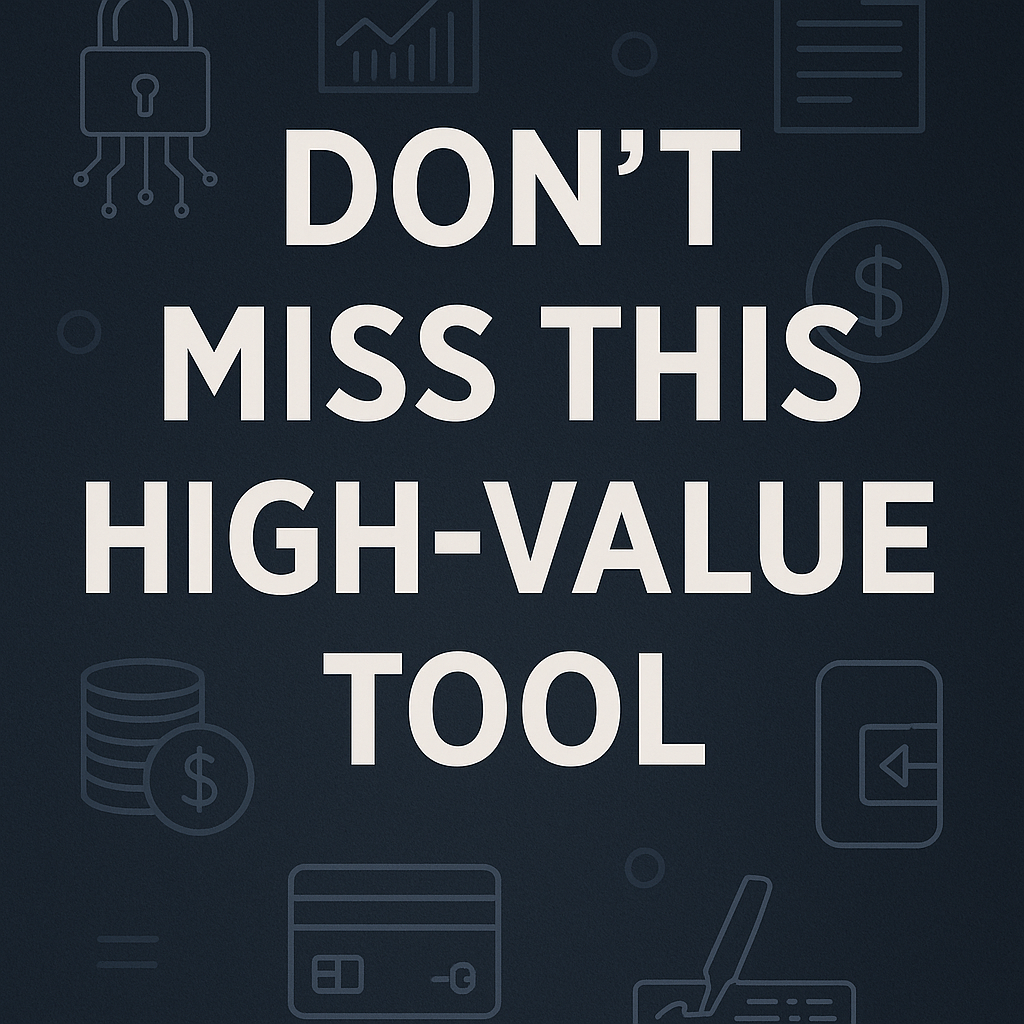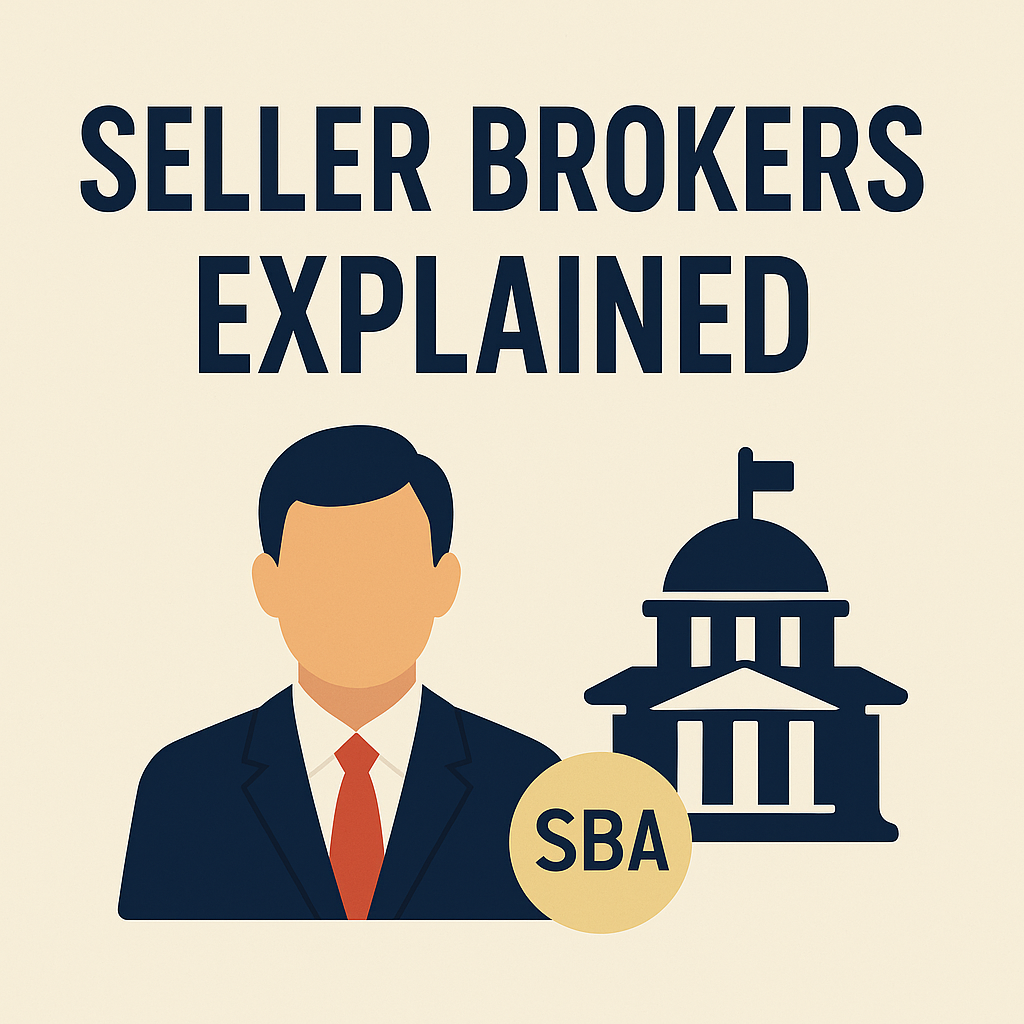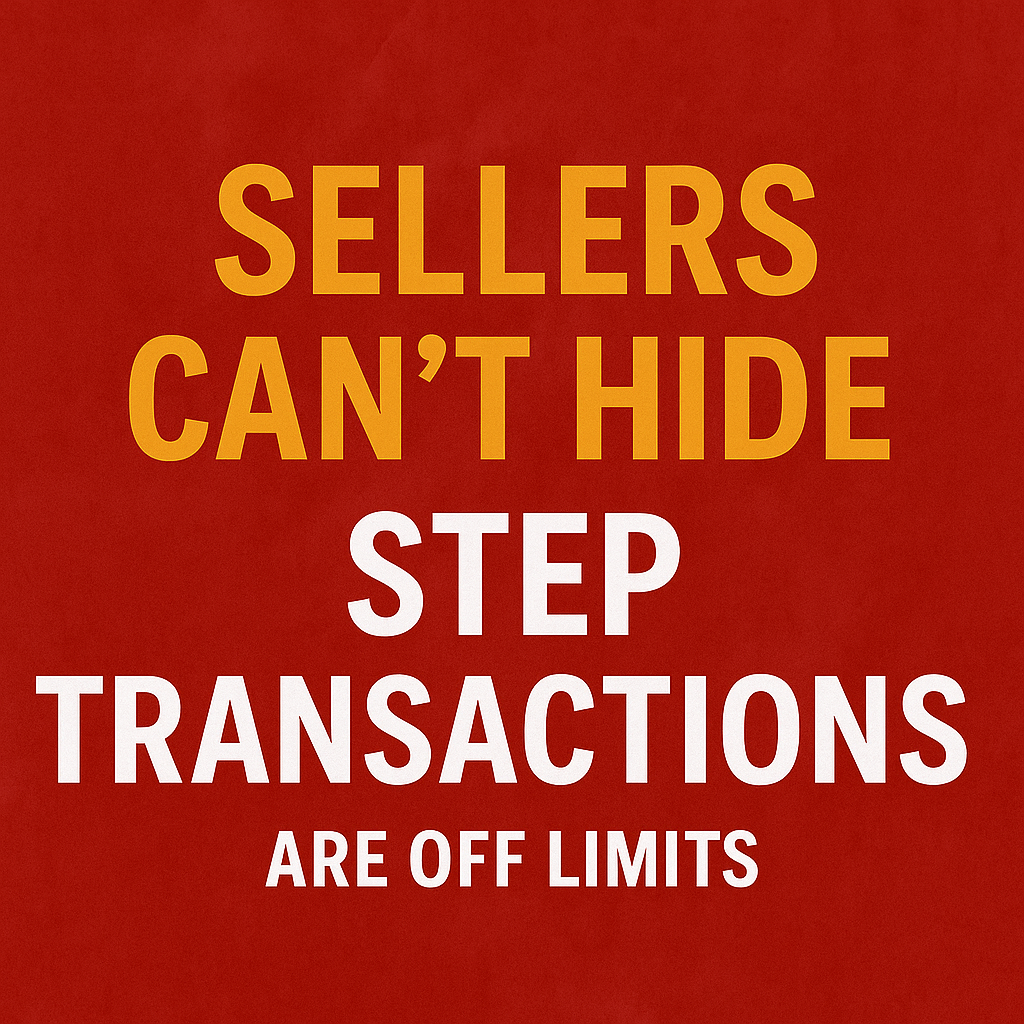
SBA 7(a) Loan Primer
- General
- November 2, 2025
The SBA 7(a) loan is a loan you can get to financing buying a business. It’s backed by a government guarantee, which means the bank gets paid even if you can’t make your payments. That might not sound exciting at first—but in finance, the best thing you can get is a government guarantee. It lowers borrowing costs, reduces risk, and opens doors to buyers who would otherwise never qualify for acquisition financing.
This guarantee is the single reason why thousands of first-time buyers every year are able to purchase profitable businesses with as little as 5–10% down.
The 7(a) loan is the backbone of small business M&A in America. In this article, we talk about some critical aspects of the SBA 7(a) loan, the process of getting one, and requirements of it.
Get the Application In—Fast
The number one reason SBA-financed business purchases fall apart is delay.
The underwriting process alone takes around 60 days, and closing adds another 30 days. That’s already three months of waiting minimum. So if you delay 30 days to put your application in, and a problem comes up 80 days into the transaction, don’t be surprised if the seller and the broker have already lost their patience with you.
Seller brokers start to think that you cannot close, and they can and do advise their client (the seller) to pull the deal and find a different buyer.
The fix is simple: submit your loan application the moment your LOI is signed.
Buyers often think, “I’ll wait until we’re done with diligence,” but that’s backwards. Diligence and underwriting happen in parallel. The bank can’t issue final approval until diligence wraps, but it can underwrite you as a borrower, check your credit, and review the business’s basics.
If you wait too long, the clock runs out—and the seller moves on. I’ve seen great deals die for no reason other than a buyer who procrastinated on paperwork.
Loan Size and Structure
The SBA 7(a) program allows loans up to $5 million. That’s the cap for the guaranteed portion. Your total purchase price can be higher; you just have to fill the gap with additional capital sources—like seller financing, an investor, or your own cash.
For example, if you’re buying a company for $6.2 million, the bank can lend $5 million under the SBA program, and you’d cover the rest through a mix of equity and seller notes.
This hybrid structure is standard and perfectly acceptable to lenders, so long as every component follows SBA rules.
Because of that flexibility, the 7(a) loan is ideal for deals between $500,000 and $10 million—where private equity isn’t interested, but traditional lending isn’t accessible. It’s the bridge between “small” and “institutional” capital.
The Equity Injection Rule
Every buyer must invest at least 10% of the total purchase price as equity. That’s your “skin in the game.”
Here’s the good news: the SBA allows you to satisfy half (5%) of that requirement through a seller note—a promissory note from the seller that functions like a deferred equity contribution. The remaining 5% must come from your own funds or from an investor.
So, on a $2 million deal, you only need $100,000 in cash if the seller provides a $100,000 note on standby. That’s how buyers with limited capital can still acquire million-dollar companies.
You don’t need to detail this breakdown in the LOI—it’s handled by the lender later. But every serious buyer should know the rule upfront because it determines whether you have enough liquidity to actually close.
Seller Notes and Standby Requirements
If the seller note equals exactly 5% of the purchase price, it must go on full standby—meaning no payments of principal or interest for the entire 10-year term of the SBA loan.
If the seller note exceeds that (say, 10–20%), the excess portion must remain on standby for at least two years post-closing.
Different banks handle this differently: some require separate notes (one for the 5% and another for the excess), while others allow a single note with layered terms. Either way, the point is the same—the seller can’t be repaid too soon, because the SBA wants all available cash flow directed toward the bank loan first.
Standby requirements are not negotiable, and every experienced seller should be made aware of them early in the process to avoid surprises.
No Earn-Outs or Performance-Based Payments
SBA rules flatly prohibit earn-outs, profit shares, or any kind of contingent purchase price. The total sale price must be fixed at closing.
This is because the SBA guarantees the loan based on the transaction’s value on day one. It doesn’t want repayment risk tied to future performance metrics.
In practice, this means that creative deal structures used in private equity—like “pay $3 million now and $1 million later if profits hit $500k”—are off the table in SBA deals. Everything must be locked in upfront.
If you want to reward the seller for helping with a strong transition, you can use a consulting agreement, but not a performance-based payout.
Personal Guarantees Are Mandatory
Every individual who owns 20% or more of the business after closing must personally guarantee the loan.
This means your personal assets are on the line if the business defaults.
Usually, that’s only the buyer who becomes the 100% owner. But if the seller rolls over 20%+ equity or you have a minority partner, they must also sign a PG. There are no exceptions—the SBA guarantee is designed to back loans for owner-operators, not passive investors.
Personal guarantees are what keep borrowers serious. It’s part of what makes the 7(a) system work: the government guarantees the bank, but you still guarantee the government.
Seller Transition and Control Limits
The SBA allows sellers to stay on post-closing only for up to 12 months, as an employee or consultant. After that, they must completely step away. The business needs to be truly transferred to new ownership.
The seller also cannot retain voting control, veto rights, options to repurchase, or any right to regain ownership later—except through a loan default.
No “silent partnerships,” no “buyback clauses.” The SBA’s position is simple: the buyer must fully own and control the business from day one.
Citizenship and Collateral Rules
SBA 7(a) loans are available only to U.S. citizens and lawful permanent residents. Temporary visa holders and foreign investors are not eligible borrowers, even if they reside and operate within the U.S.
Collateral is also required. The SBA mandates that borrowers pledge all available collateral, including personal real estate if necessary. However, there’s a strategic workaround: if you set up a properly structured trust months before your purchase, certain assets in that trust may be excluded from collateral requirements.
Most buyers don’t plan this far in advance—but it’s an option worth discussing with counsel if asset protection is a concern.
The Bottom Line
The SBA 7(a) loan isn’t free money—but it’s the most powerful financing instrument available to small-business buyers.
You get a 10-year term, competitive interest rates, minimal down payment, and a structure that supports the acquisition of stable, cash-flowing companies.
For first-time buyers, it’s the key that unlocks the door to business ownership. But you must understand the mechanics—loan size, equity injection, standby rules, guarantees, and timelines—to keep your deal alive and get across the finish line.
In short: the SBA 7(a) program is the reason small business acquisitions exist at all.
Learn it well, move fast on your application, and you’ll have one of the strongest financing tools in the world working on your side.
(c) 2025 Prencipe International / M&A Advisory Specialists — For educational purposes only; not legal or tax advice.





